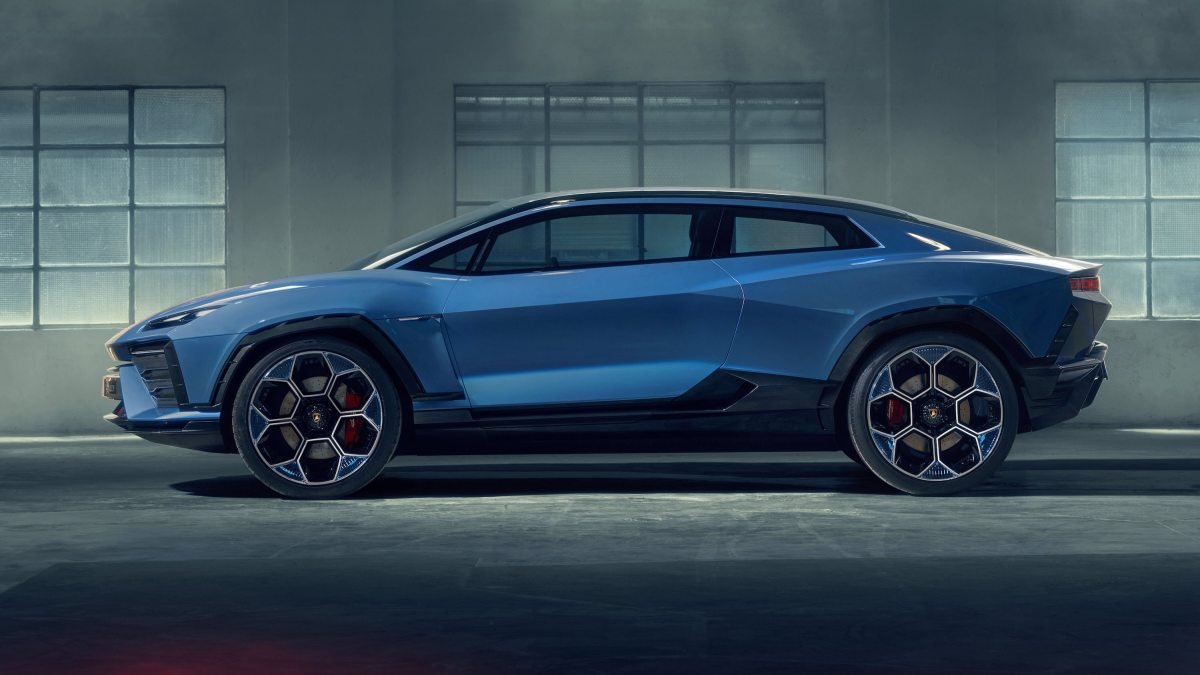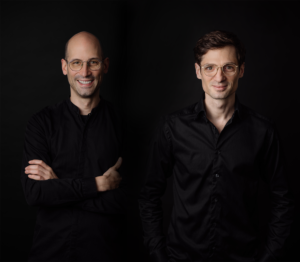Lithium-ion batteries have made great strides in recent years, but there is still plenty of room for improvement on many fronts.
On one hand, they have become faster than ever when it comes to charging, but on the other hand, there are numerous challenges left to overcome. For example, the materials commonly used in their production, such as cobalt and nickel, can be expensive and problematic.
In an effort to find alternative materials, researchers have been exploring different options, ranging from manganese to sodium. And it seems they may have found yet another possibility: TAQ.
Unlike nearly all other lithium-ion battery chemistries, TAQ is an organic compound – not the kind of free-range, “hippie” variety, but one primarily made of carbon.
Scientists have been focusing on organic materials as potential cathodes (the negatively charged part of a battery cell), as they are capable of storing more energy at a lower cost. However, most of the tested materials have not proven to be very durable, as they tend to dissolve in the liquid electrolytes commonly used in the industry.
But TAQ is different. It doesn’t dissolve in two of the most widely used electrolytes, and it boasts an impressive energy density that is 50% better than one of the most common lithium-ion battery chemistries currently in use – nickel-manganese-cobalt (NMC).
TAQ, which is short for bis-tetraaminobenzoquinone, is made up of a combination of carbon, nitrogen, oxygen, and hydrogen molecules, arranged in three adjacent hexagons. This structure is similar to that of graphite, which is the standard anode material used in batteries today. Additionally, each TAQ molecule is attracted to up to six others through hydrogen bonds, creating a nearly flat sheet of material that can be stacked and layered upon itself, storing lithium ions in its “holes”.
The material was discovered by researchers Tianyang Chen and Harish Banda, while working in the lab of Mircea Dincă, a professor at MIT who has a partnership with renowned hypercar manufacturer, Lamborghini, to help them electrify their lineup.
In fact, Lamborghini has already utilized a supercapacitor developed in Dincă’s lab for their Sian model, and they have also obtained the patent for this new TAQ material, further solidifying their commitment to innovation and sustainable energy sources.








